Spondylosis refers to the degenerative changes in the spine, including the formation of bone spurs (osteophytes) and the degeneration of intervertebral discs. Often described as the “osteoarthritis of the spine,” it is an age-related condition that can affect different regions of the spine, including the cervical (neck), thoracic (mid-back), and lumbar (lower back) areas. In some cases, spondylosis may involve multiple levels of the spine, causing widespread discomfort.
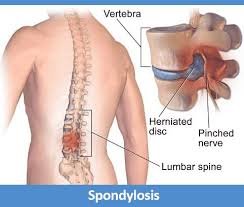
Causes and Risk Factors
- Aging: Natural wear and tear on spinal structures over time.
- Repetitive Stress: Occupational or recreational activities involving prolonged sitting or heavy lifting.
- Genetics: Family history of spinal degenerative conditions.
- Previous Spinal Injuries: Trauma that accelerates degeneration.
- Obesity: Added stress on spinal joints and discs.
- Smoking: Impaired blood flow leading to disc degeneration.
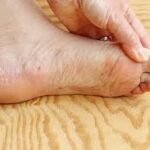
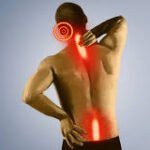




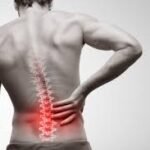
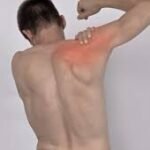
Symptoms
- Localized neck or back pain, often worsened by activity.
- Stiffness, especially after periods of inactivity.
- Numbness, tingling, or weakness if nerve roots are compressed.
- Headaches (cervical spondylosis).
- Reduced flexibility and range of motion.
Physiotherapy Management
Our physiotherapists develop personalized programs to manage pain, restore mobility, and improve spinal stability. Treatments include:
- Pain Relief Techniques: Heat therapy, ultrasound, and electrotherapy.
- Manual Therapy: Gentle spinal mobilizations to enhance movement.
- Postural Training: Education to improve posture and reduce strain.
- Strengthening and Stretching Exercises: To support spinal muscles and improve flexibility.
- Ergonomic Advice: Modifications to daily activities to prevent symptom worsening.
- Education: Strategies for long-term spine care and symptom management.
Goals of Physiotherapy
- Alleviate pain and discomfort.
- Improve spinal flexibility and mobility.
- Strengthen supportive muscles.
- Prevent progression and recurrence of symptoms.
